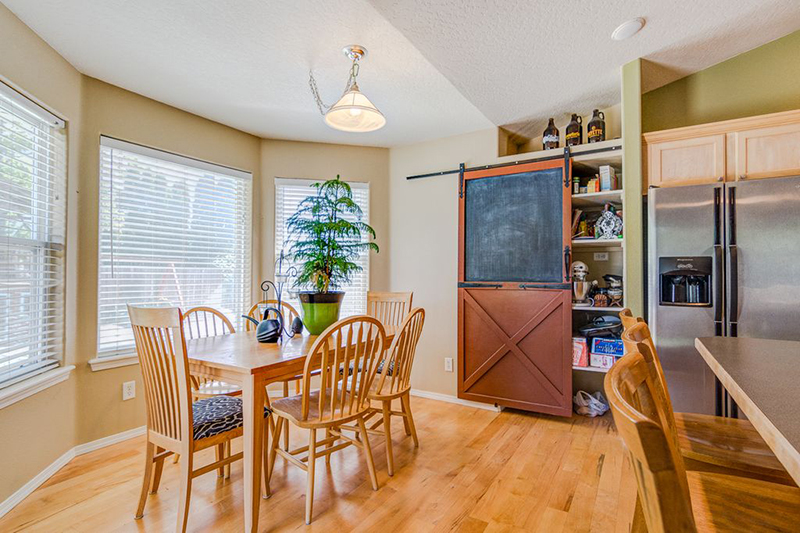In the world of apparel fashion, trends go in and out in a matter of months. For interior design, trends may change year to year. But home construction changes much more slowly – on the scale of decades.
Home fashions take a while to build momentum, but they are happening. Here’s a look at five trends in the world of home construction and beyond.
Solar roofing
If you haven’t been paying attention, it might feel as if the current solar renaissance came out of nowhere. Recent improvements in solar tech have moved solar panels from an expensive niche technology to a reality for many homeowners.
“What’s really made solar accessible – beyond improved efficiency – is the support it’s received from power companies, state and local governments, and eco-conscious investors,” says Brooke Nally, content strategist with Solar Power Authority. This support translates into leasing options, subsidies, and tax breaks for solar customers.
As a major home renovation, solar panels are already making waves in the home roofing space. “We see a lot of interest in solar from people who are redoing their roofs – it’s the perfect time to consider adding panels,” Nally explains.
From traditional panels to Tesla’s solar shingles, roof design is already seeing major shifts to accommodate solar.
Smart homes
It’s no secret that home automation has become a growing trend in the home building arena. Every year, new companies roll out novel technologies to help people better manage and control their homes.
Even search engine giant Google got in on the smart home game, acquiring smart thermostat company Nest for $3.2 billion.
“What we’re seeing more and more is companies trying to address needs that people never thought they had,” says David DeMille, online manager for ASecureLife.com. “New devices enter the marketplace all the time, extending past basic sensors to include Wi-Fi enabled doorbells, portable cameras, and two-way speakers.”
DeMille is already seeing homes being retrofitted with these devices, and expects they will become standard in new home construction moving forward.
But this trend may take some more baking before it’s ready to really rise. Home automation can lower power bills and make your home safer, but with constantly updating technologies, they haven’t historically offered a solid return on investment.
Energy-efficient windows
Not even windows are immune to the growing popularity of home automation.
For example, data shows that windows are about 25 percent more energy efficient when locked, according to Sal Abbate, senior vice president at Andersen Windows. Imagine getting a reminder to close or lock your windows to save on your energy bills. “That kind of information sent back to a homeowner – we think could be a really interesting trend,” he explains.
Energy efficiency will continue to be a driving trend in windows moving forward, as glass films and coatings make windows better at insulating from heat and cold.
Glazing (coating windows so they can become frosty or opaque at the flick of a switch) may be the next science fiction-cum-reality development in windows, as more manufacturers experiment with how to bring the technology out of the luxury market and into everyday homes.
Barn doors
Though this one is partly an interior design trend, installing barn doors requires enough construction to qualify as a building trend. Most interior barn doors slide on a bar mounted above the frame, which presents a smaller profile for interior thresholds.

Because these sliding doors offer a rustic charm while remaining functional, the use cases for barn doors are myriad. From closet doors to room dividers, barn doors are quickly becoming the solution to dozens of interior design quandaries.
Electric car charging stations
The continued growth of the electric car industry is having a lasting impact on at least one aspect of home building: the garage. As more homeowners make the switch to fully electric cars, charging stations are becoming a more common fixture in garages.
“Demand has grown a lot recently,” real estate agent Anna Sherrill reports. Sherrill handles sales for a boutique Miami property, Louver House, which recently installed four charging stations in its 24-car parking garage.
The most expensive stations are still around $3,000, while self-installed units can be as cheap as $300. Expect to see more electric car charging stations in the garages of tomorrow.
Home construction has changed drastically in the past decade with the emergence of home automation and a stronger focus on green homes. However, changes in technology and lifestyles will continue to drive home construction changes with a renewed focus on flexibility, automation, and energy efficiency.
Related:

